10 Tips for Surviving Allergy Season Naturally
Have you been...
- Hearing your kid sneezing all morning as they get ready for school?
- Running low on tissues because your toddler pulls 17 out of the box every time they have a runny nose, which seems never ending this time of the year?
- Trying to get through your day, but too busy digging at your eyes/ears/throat lately because they won’t stop itching?
If you can relate to any of this, it’s likely that allergies have taken over your home 😮😫
As a mom of kiddos with food allergies, seasonal allergies, and anaphylaxis, I know how rough it can get! It’s seriously NO FUN!
HOWEVER, there are ways to help! And natural ways at that!!
Last month I held a DIY for all things allergies + sinus support at our local Salt Cave (did you know that Salt Caves have amazing benefits for your respiratory system? ✨) and it was a HUGE hit!! So I figured a blog on the topic may be helpful.
My goal for this blog post is to help bring some awareness AND leave you with some TIPS for making those seasonal annoyances a little less annoying! 👊🏼 So let’s get to it!
According to the Asthma and Allergy Foundation of America (AAFA) here are some things to know about allergies...
“An allergy is when your immune system reacts to a foreign substance, called an allergen. It could be something you eat, inhale into your lungs, inject into your body, or touch.”
And “An allergic reaction can cause coughing, sneezing, hives, rashes, itchy eyes, a runny nose, and a scratchy throat. In severe cases, it can cause low blood pressure, breathing trouble, asthma attacks, and even death if not treated promptly.”
Did you know...
❗️More than 100 million people in the U.S. experience various types of allergies each year.1
❗️Allergies are the sixth leading cause of chronic illness in the U.S.1
There are many varying degrees and types of allergies, which we will not get into in this blog post. We are simply going to focus here on tips for seasonal allergies.
❗️In 2021, approximately 81 million people in the U.S. were diagnosed with seasonal allergic rhinitis (hay fever). This equals around 26% (67 million) of adults and 19% (14 million) of children.1
❗️Seasonal allergic rhinitis is an allergic reaction to pollen from trees, grasses, and weeds. This type of rhinitis occurs mainly in the spring and fall when pollen from trees, grasses, and weeds are in the air.1
If you or someone you know suffers from any form of allergy, I would recommend checking out the AAFA site for a wealth of information and resources.
Although seasonal allergies are typically not life-threatening, if your child is ever experiencing anaphylaxis. You should seek medical attention immediately.
10 TIPS FOR SURVIVING ALLERGY SEASON NATURALLY
1. Avoiding Exposure
This may sound like a no-brainer, but sometimes we just get busy with all the things and simply forget to be aware of what season it is, what allergens affect our household, and the fact that SOME allergens can simply be avoided. 🤦♀️
For example, if you or your kid is allergic to everything under the sun, avoidance isn’t going to be your solution! So you can just skip this one and keep reading. HOWEVER, if the allergen to be avoided in your household is a specific plant or animal that might not be as difficult to avoid. Ie, maybe you spend a little less time in the woods during ragweed season.
Do you know if you live in a high allergy area?
The Asthma and Allergy Foundation of America released its 2023 Allergy Capitols Report, so check it out to see if you are on the list of the top 100 challenging cities to live in with seasonal allergies (1 being the worst).
If you are local to me, Buffalo was #100 and our good ol' friend Rochester was #20 😳😬Hopefully your city didn't even make the top 100! 🤞
Another useful tool to have in your back pocket is this Asthma and Allergy Forecast from the Allergy & Asthma Network. You simply put in your location and the date and it will let you know allergy specifics for where you are located.
TIP: If you need to, set a reminder in your phone 📱(you know we all live from our phones now-a-days) to remind you that allergy season is approaching and to start avoiding the allergy culprits (if possible) AND to start implementing your favorite tried and true remedies, then do it!
I seriously have EVERYTHING in my phone calendar 🗓️📲. I always say, if its not in my calendar, I wont be there 🤣 So do what you have to do mama to stay on top of this!
And if avoidance isn’t going to cut, keep reading for some great natural options to add to your allergy remedy checklist! 👇
2. Utilize Saline Nasal Irrigation + Sinus Salt Steams
Pollen and other airborne pollutants are a primary cause of many seasonal allergies. Since they have a tendency to hang out in our nasal passages, it makes sense that flushing them out regularly would be beneficial in reducing symptoms/irritation.
According to the American Academy of Allergy Asthma and Immunology (AAAA),
“Saline sinus rinses can bring relief to patients with chronic sinus or rhinitis problems without the use of medication.”
Check out this simple Sinus Rinse DIY recipe from them.
👉🏼 You can also try a Neti Pot. My husband has had great luck with this on many occasion. Here are some instructions on proper use from the Mayo Clinic.
👉🏼 We also personal like these nasal sprays: Xlear Nasal Spray with Xylitol
You can purchase them right on Amazon as a single or a multi-pack. We have one for each family member (minus the toddler) labeled in our wellness cabinet. I will admit we aren’t as good as we used to be about using these, but in the past they have served us well.
It’s a great way to rinse out your nasal passages at the end of the day, especially if you were exposed to a lot of pollutants or allergens.
We first heard about this spray from Dr. Elisa Song from Healthy Kids, Happy Kids. Shes a great resources for more natural options for kids health.
👉🏼 Another fav go-to of ours for some relief is doing a good ol’ sinus steam! 🧖♀️
You know, the kind where you heat up water on the stove, add your sinus friendly diy remedy (get my recipe in the free eBook below), and hold your face over the water, covered by a towel.
3. Get an Air Purifier for your Home
Per the American College of Allergy, Asthma, and Immunology,
“Did you know that the air inside can be more polluted than the air outside? It’s true! Pollen, animal allergens and mold spores can affect the quality of the air inside your home. The U.S. Environmental Protection Agency describes indoor air pollution as one of the top five environmental health risks. For people with allergies, scientific studies have shown that air filtration reduces these airborne allergens and may provide some relief.”4
Learn more about their air purifier recommendations here.
I understand that purchasing air purifiers for your home can definitely be an investment, but if you have the funds I would strongly recommend investing in at least one good air purifier.
For the time being we have one in our main living space that I sometimes move into a bedroom if extra support is needed. I would eventually love to have them for all of our bedrooms and living spaces, but ya know... budgets 👎🏼
Here is a 2023 top 10 air purifiers list from buyersguide.org.
We personally have an Air Doctor 3000 which has an UltraHEPA filter as well as Dual Action Carbon/gas/trap/VOC filter.
Let me know in the comments which air filter you have or decide to go with!
4. Essential Oil Diffusing + DIYs
Aromatherapy has been around for thousands of years and is widely known for its wellness benefits.
A randomized control trial found significant results in the use of aromatherapy improving the quality of life among adults who suffer from perennial allergic rhinitis (year-round hay fever).
The 3 essential oils they used in the trial were:
- Ravensara
- Frankincense
- Sandalwood
The results showed: decreased nasal obstruction symptoms, improved sleep quality, and reduced fatigue! Ummm yes please!
These oils can be diffused together or made into a DIY roller (get my fav recipe in my free ebook below) to apply on the skin.
⭐️ My personal favorite essential oil combo is
- Lemon
- Lavender
- Peppermint
This powerful trio has made a huge difference in my personal allergy story as well as many friends of mine.
👃🏼🫁 Also there is a FREE Breathe Easy Challenge using my fav oil trio all throughout the month of April. Register here to join us: www.amandadewald.com/events
5. Keep a Clean Home
This one may also seem like a no brainer, but sometimes us busy mamas need a reminder now and again 😉
According to the Environmental Working Group (EWG),
"What we call dust is a complex mixture of pet dander, fungal spores, tiny particles, soil tracked in on your feet, carpet fibers, human hair and skin. Dust itself is an allergen and it can contain harmful chemicals."10
So, by keeping our home free and clear of excess dust, we will be doing ourselves a huge favor and reducing the likelihood of increased allergens in our home.
The healthiest dusting tips according to the EWG are:
✔️ Use a vacuum with a HEPA filter
✔️ Wet mop or dust surfaces frequently
✔️ Avoid chemical flame retardants
✔️ Use high-quality air filters
Check out the EWG dusting DOs + DONTs here.
6. Reduce Toxins in Your Home
I could write a whole year’s worth of blogs on this topic alone, but for blog length purposes we will keep this one short. Just know that if this is something you are wanting for your family and your home I would be happy to chat more 1:1 with you to help you get started.
Reducing 100% of toxins these days is impossible 😫 they are unfortunately everywhere, all around us. HOWEVER, taking baby steps and controlling what we can all adds up to BIG changes and even bigger results.
YOUR SMALL CHANGES DO MAKE A DIFFERENCE. 💪
I think it goes without a need for explanation that reducing our exposure to toxins and chemicals would improve our bodies immune response, therefore being beneficial in reducing allergy symptoms / irritations.
👉🏼 If you aren’t already familiar with the EWG. I would strongly encourage you to check out their website for a wealth of helpful information on this topic! You can start with these Healthy Home Tips for Parents.
Again, If you are overwhelmed at where to start and what to focus on, reach out. I am happy to help! I understand how it can be, I’ve been through it and can give you some pointers.
7. Consume Local Raw Honey
According to a Dr. Axe article,
“Researchers involved in a study published in International Archives of Allergy and Immunology discovered that patients taking honey “reported a 60 percent lower total symptom score, twice as many asymptomatic days, and 70 percent fewer days with severe symptoms.” They also used 50 percent less antihistamines compared to the control group that took conventional meds."2 😮
I would encourage you to do some research on bee pollen and it’s effect on the human body in regards to inflammation and immune support. It’s pretty incredible!
Who knew that a spoonful of honey a day could do you good? Yes please!
TIP: It is also recommended that the honey be local, raw honey so the plants that the bees pollinated were the same local plants you are likely to come in contact with. It has something to do with building up an immunity.
8. Consume Probiotics / Supplements + Create Good Gut Health
Im sure you’ve heard by now (or maybe you haven’t 🤷♀️) that more than 70% of our immune system is actually IN OUR GUT!
I remember the first time I heard that my jaw just about dropped to the floor 😮! This means that what we eat DOES MATTER. Your diet matters!!
So help your body be strong and healthy with a good immune system. Help your body more easily fight off allergens. Help your body do its job of being able to properly recognize the good guys and the bad guys.
One of the best ways to do this is with a good probiotic!
According to the Cleveland Health Clinic,
“Research shows that probiotics — which are plentiful in many yogurts and fermented food such as sauerkraut and kombucha tea — can help treat hay fever (allergic rhinitis).”5
It’s important to remember that our kiddos need proper gut health too! Often times their diets aren’t as robust as us adults (thanks picky toddlers 👍😆), so they may need supplementation as well.
👉🏼 Another way to help our gut is to clean up our diet by introducing lots of foods with antioxidant properties (essential oils are great for this too) and implementing a variety of anti-inflammatory foods.
👉🏼 Quercetin is noted to be a “natural antihistamine”, and can be found in foods such as: raw onions, apples, red grapes, kale spinach, asparagus, cherries, green and black tea leaves, bee pollen (remember we touched on this gem earlier?), broccoli, and chili peppers. It can also be taken as a supplement.6
I also found in a Dr. Axe article,
“According to a 2020 study, quercetin has anti-allergic functions that are known for inhibiting histamine production and pro-inflammatory mediators. Another study found evidence that quercetin is effective at reducing congestion because it helps calm down hyperactivity of the airways.”2
(I don‘t personally have experience with quercetin, but it kept popping up in my research so I figured I would add the info for you)
>> Learn about additional dietary tips for allergies here.
9. Try Homeopathy
I will start this suggestion off with the fact that I know very little about homeopathy. It is something I have always been intrigued by, but never really took the time to learn about and dive in. We have used some here and there with success, so I figured it was worth mentioning in here. I would strongly encourage you to do more research on this topic if it’s something that resonates with you.
Some popular options include:
- Genexa Kid’s Allergy Care
- Boiron Histaminum Hydrochloricum
- Boiron RhinAllergy Kids
- Boiron AllergyCalm Kids
If you have any personal favorites leave a comment with which ones!
10. Try Acupuncture / Acupressure
This is another one that I have little to no personal experience with. However it kept showing up while I was researching this topic, so I figured it should be mentioned.
Acupuncture is a part of Traditional Chinese Medicine (TCM), which has been around for thousands of years. This method works by balancing the body’s systems. Since an allergy is in essence an imbalance in the body, it would make sense that correcting the imbalance should help relieve symptoms. 🤷♀️ Acupuncture has been noted in medical studies to have positive effects on reducing allergy symptoms in some patients.
The meridians targeted in allergy relief include:
- the lungs
- colon
- stomach
- spleen
It is said that acupuncture can offer allergy relief through:7
- boosting immunity
- calming the mind and spirit
- and relieving pain
In fact, an 8 week clinical trial concluded that patients receiving acupuncture required less medications and had fewer seasonal allergic rhinitis symptoms than control groups according to German researchers.8
However, acupuncture requires a trained professional, the use of thin needles, and is often not covered by insurance. 😫 So let’s take a look at some helpful acupressure points that you can trigger at home on your own to get some relief. 👇
Acupressure is complementary to acupuncture and doesn’t involve any needles.
Check out this 48 second video from the Cleveland Clinic showing you a 6-minute acupressure exercise that is said to help with allergy relief. If you are looking for non-invasive remedies this is a great option.
Welp, there you have it... 10 Tips for Surviving Allergy Season Naturally
In Summary
Seasonal allergies are pretty common and a super big pain in the butt 👎🏼 (esp if you live in one of those top 100 allergy cities we talked about). Luckily, they are not typically life-threatening and there are a number of remedies / interventions that we can try at home to relieve these pesky symptoms.
Give the above examples a try and let me know in the comments which ones work the best for you and/or your family!
Also be sure to join the FREE challenge group we have going for the month of April! All month long we are using a powerhouse trio of essential oils to help us Breathe Easy this season.
*ps. If you don’t have oils yet and just want a few samples to try, reach out and I can get you hooked up for the challenge*
—
>> REMINDER: Grab my FREE essential oil respiratory eBook
Until next time,

References
(3) https://www.aaaai.org/tools-for-the-public/conditions-library/allergies/saline-sinus-rinse-recipe
Love what you read here? Subscribe for updates.
Remember to connect on social!
DISCLAIMER: These statements have not been evaluated by the Food and Drug Administration. Any information provided to you on this site is for educational purposes only. I am not a doctor. I am not in any way diagnosing, treating, prescribing, or claiming to cure anything. Any and all medical ailments/treatment plans should always be consulted with your physician. This information is my own personal experiences and personal research. You should always do your own research and decide with your physician what is best for you.
**Some of the links on this website may be affiliate links. This means that I may earn a small percentage off off of your purchase, with no extra charge to you. Thank you for choosing to support me and my family.









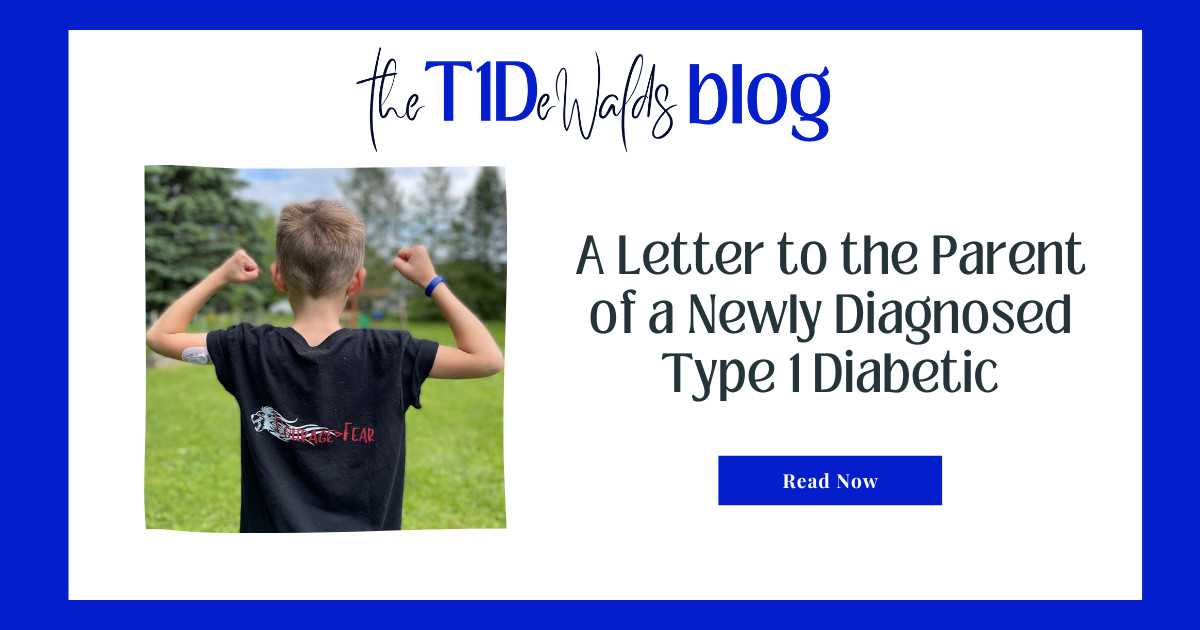
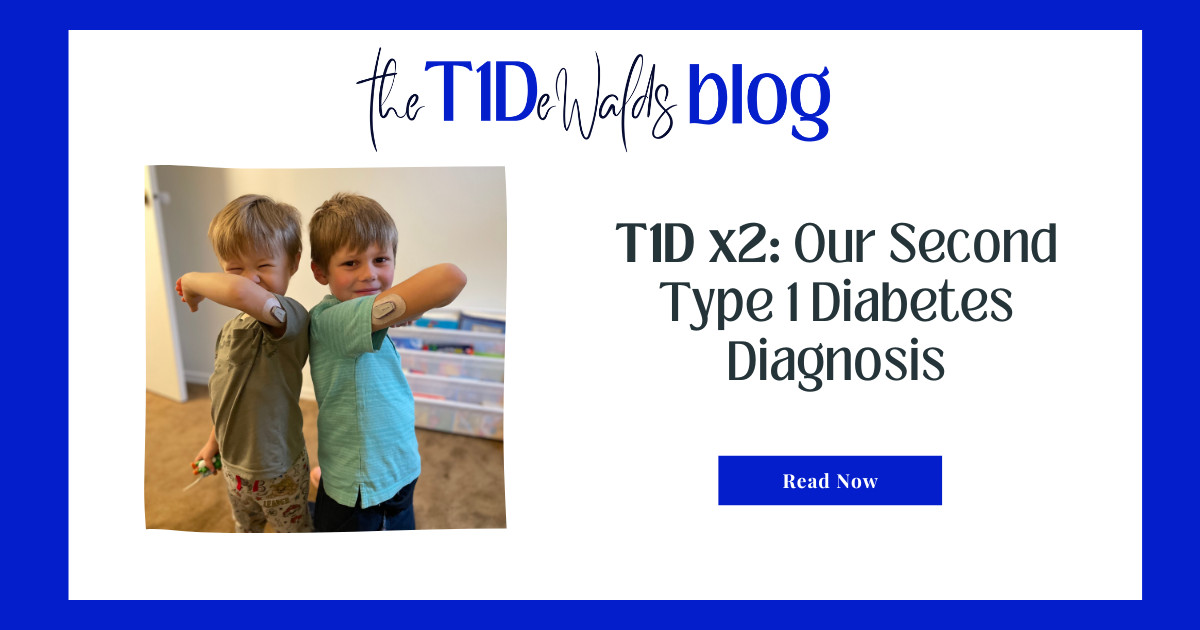
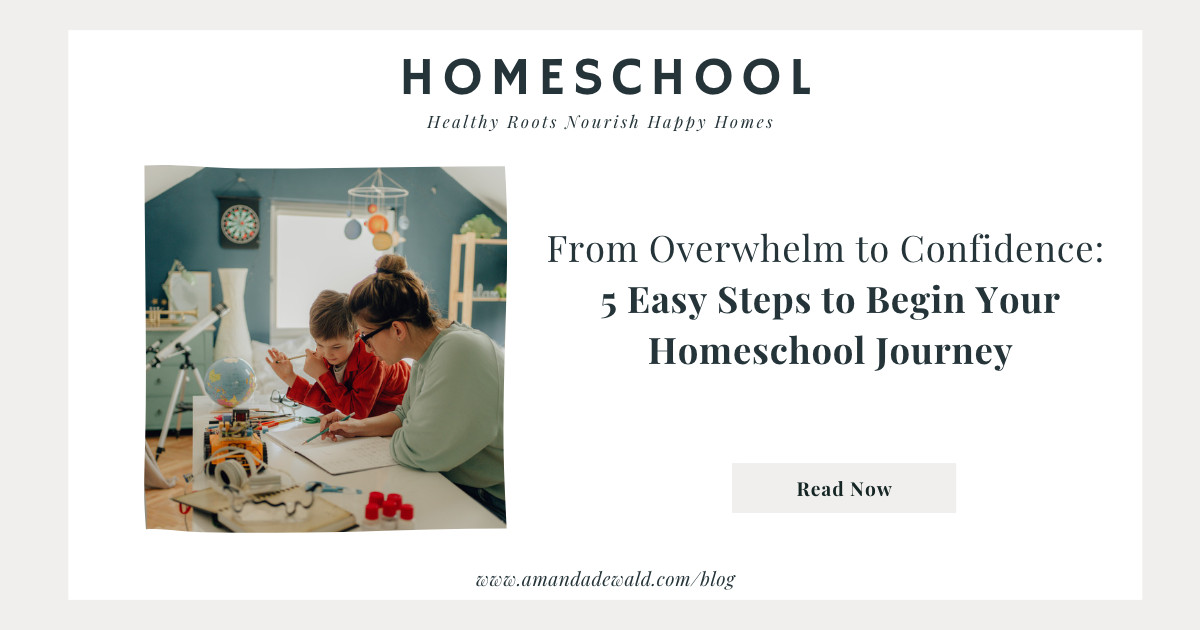



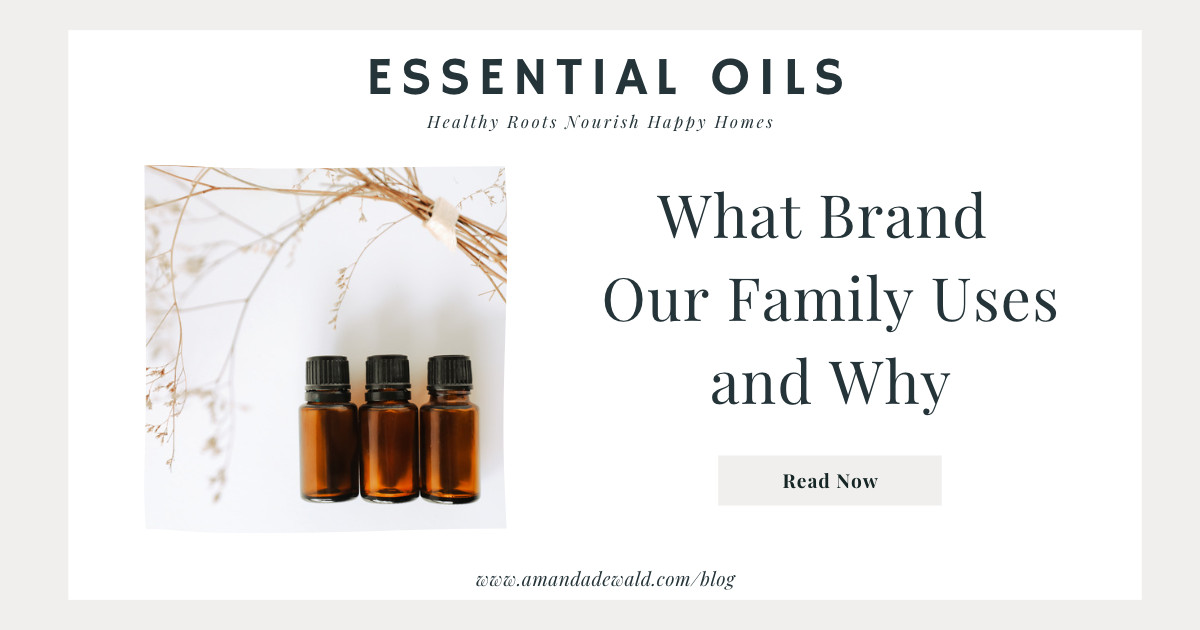





0 Comments